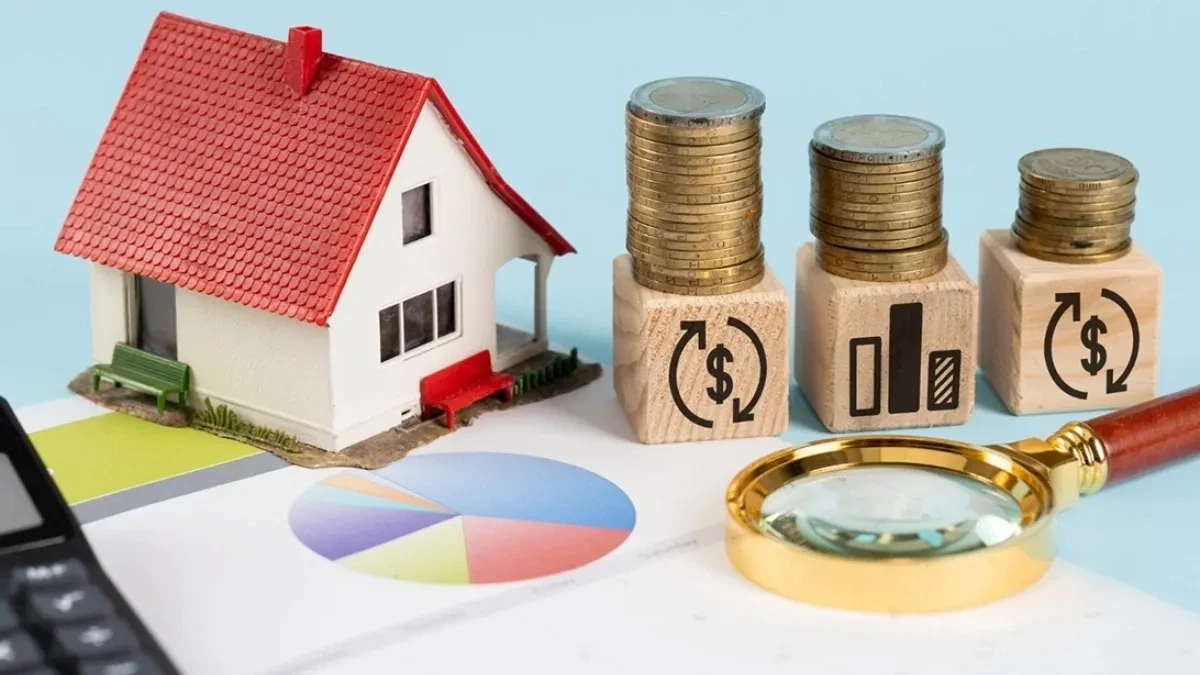Even as India’s economy moves forward, homebuyers in major cities like Mumbai, Pune and Bangalore face a challenging situation. They are stuck between rising property prices and steady, though not lower, borrowing costs.
According to a recent Reuters poll from October 2025, urban home prices are expected to increase by 6.3% in 2025 and 7% in 2026, outpacing salary growth in most areas. This consistent rise keeps real estate an attractive long-term investment but it also makes housing less affordable especially for first-time buyers.
The Price Reality in India’s Urban Markets
A Knight Frank India report recently revealed that average property prices in Mumbai’s top micro-markets have risen by 8 to 10% over the past year. Pune experienced a 6 to 7% increase, while Bangalore saw nearly a 9% rise, driven by demand from IT professionals, investors and returning migrants.
Mr. Bikash Mishra, CFO of Easy Home Finance Ltd, says even mid-income apartments that previously sold for Rs 80 to 90 lakhs are now nearing the Rs 1 crore mark.
Meanwhile, the RBI’s decision to keep the repo rate steady at 5.5% as of October 2025 has sustained EMI levels but it hasn’t provided the relief many borrowers hoped for. A Rs 75 lakh loan at current effective home loan rates, around 8.4%, results in an EMI of nearly Rs 64,600 per month for a 20-year term, a significant financial commitment for households earning Rs 1.5 to 2 lakhs monthly.
Data suggests that the economy remains resilient. India’s GDP growth forecast was raised to 6.8% for FY26 by the RBI, foreign exchange reserves reached a record USD 703 billion and September’s GST collection rose by 9% year-on-year, defying expectations of a slowdown.
“However, the benefits are not evenly distributed. Wage growth particularly in the services and mid-management sectors has failed to keep pace with urban housing inflation. Many aspiring homeowners are not struggling with eligibility but rather with the simultaneous challenge of managing down payments and EMI stress,” said Mr. Bikash Mishra CFO of Easy Home Finance Ltd.
To balance affordability buyers need to think carefully about how they structure their down payment-to-loan ratio and choose their EMI tenure wisely, Bikash Mishra further added.
In today’s high-cost housing market making a larger down payment ideally 25 to 30% instead of the standard 20%, can greatly reduce the monthly EMI burden.
For instance, a buyer who puts down Rs 25 lakh instead of Rs 18 lakh on a Rs 90 lakh apartment can lower their EMI by around Rs 7,000 per month and save almost Rs 16 lakh in interest over the life of the loan. Buyers could also think about hybrid EMI structures, in which they start with reduced payments while the house is being built and then raise the payments once they have the house and their income is stable.
This plan is already working in smaller cities. Data shows that loans in Tier 2 and 3 cities average Rs 18 to 22 lakhs. However, borrowers in these markets are better at paying back their loans on time; they often pay off their loans early or raise their monthly payments when their income improves.
Why Policy Clarity and GST 2.0 Matter
GST 2.0 has helped the home market a little by lowering the cost of basic supplies like cement (from 28% to 18%) and tiles and finishing goods (from 12% to 5%). Analysts say that this might cut construction costs by 3 to 5%, which could halt the rise in house prices over the next two quarters if the savings are passed on.
“Meanwhile, stable RBI policy and improving liquidity, with the central bank allowing for faster pass-through of rate cuts from October, could gradually lower effective lending rates through 2026,” Bikash Mishra stated.
For current buyers in high-cost cities affordability is not just about waiting for prices to drop, it’s also about smart financial planning. Setting a reasonable down payment goal, choosing longer terms with prepayment options, and going with fixed-to-floating loan hybrids can make it possible to buy a home even in expensive areas.
Conclusion
People in India often make emotional decisions about buying a home, but they are also using more data to make those decisions. With a steady monetary policy, clearer GST rules, and rising household income, conscientious buyers can still find good deals in pricey markets like Mumbai or Bangalore if they plan ahead.
India’s housing problem today isn’t only about excessive pricing; it’s also about being able to make smart decisions. Diwali 2025 could still be the moment to transfer your financial stability into a new home for purchasers who are smart about how much they can afford.
